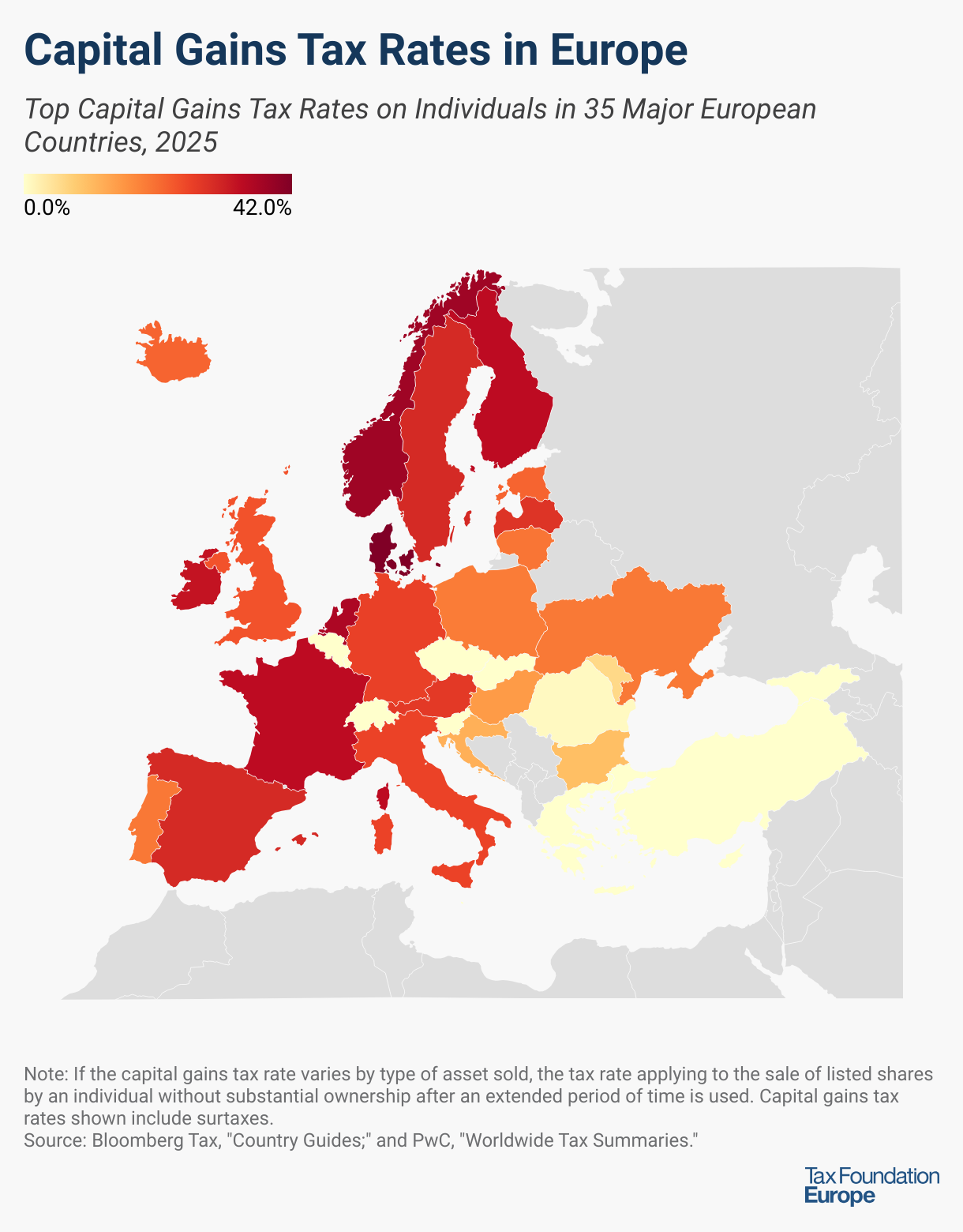Minnesota Worldwide Combined Reporting | Tax Foundation
As Minnesota lawmakers consider making theirs the first state to mandate worldwide combined reporting, they are relying on a revenue estimate that is—this may not be the technical term—completely bogus.
Because Minnesota was not able to generate its own revenue estimate, state revenue estimators turned to a 2019 study by the liberal Institute for Taxation and Economic Policy (ITEP). Unfortunately, the ITEP research is fundamentally flawed, because the study neglects corporate tax apportionment in estimating revenue. This is not a small error; its omission makes the entire analysis unusable.
When corporations do business in multiple states (or around the world), states must determine what portion of the company’s activity is properly associated with them and can only tax that share of the company’s profits. There are three traditional apportionment factors—sales, payroll, and property—but today, many states (including Minnesota) only use the sales factor, in what is known as single sales factor apportionment. Basically, what this means is that if 10 percent of a company’s gross sales are in Minnesota, then Minnesota can tax 10 percent of that company’s profits.
But business taxation is never simple, in part because businesses are rarely simple. Few large businesses consist of a single entity, but rather a collection of subsidiaries and affiliated entities. Many states adopt what is called combined reporting, which means that affiliated entities are considered a unitary group for tax purposes. These groups, however, stop at the “water’s edge.” States do not typically tax companies based abroad if they do not have their own direct contacts with a state. Minnesota is considering becoming the only state to mandate that companies use worldwide combined reporting.
If adopted, this would mean that Minnesota can tax far more activity, including a great deal of activity that takes place exclusively abroad. It does not automatically follow that Minnesota will generate additional tax revenue. To see why not, let’s imagine an incredibly simple stylized example.
Assume there’s a parent company with two subsidiaries, the American Tractor Company and the European Harvester Company. For the sake of simplicity, both have $1 billion a year in gross sales. The first, as its name implies, sells exclusively in U.S. markets, and 10 percent of those sales are in Minnesota. The second sells exclusively in Europe, meaning it has no sales in Minnesota.
Under its current (water’s edge) combined reporting regime, Minnesota taxes 10 percent of the profits on $1 billion in domestic gross sales. In a worldwide combined reporting regime, Minnesota would tax 5 percent of the profits on $2 billion in gross sales. That is, of course, an equivalency. Whether this raises or loses revenue will depend on whether the American or European entity was more profitable. But the gross sales apportioned to the state are the same either way; that’s the whole point. (If a foreign company had sales in Minnesota, it would already have an apportionable tax burden in the state.)
The ITEP analysis on which Minnesota lawmakers are relying forgets this vitally important point. In so doing, it misunderstands how corporate income taxes work. Beginning with an estimate that U.S. multinationals earn $235 billion in profits abroad, ITEP then simply allocates these additional profits to the states for tax purposes, giving each of them a share of the $235 billion based on their share of national gross domestic product (GDP), and then imposing the state’s top marginal corporate income tax rate on that amount.
Because, between 2013 and 2017, Minnesota’s GDP was about 1.8 percent of national GDP, ITEP simply assigns Minnesota 1.8 percent of this $235 billion in foreign profits of multinationals, multiplies it by Minnesota’s top corporate income tax rate of 9.8 percent, and estimates that Minnesota could gain $418 million by adopting worldwide combined reporting.
This is wrong, because by adding the worldwide activity to the unitary group, Minnesota would simultaneously dilute its sales factor. There would be additional revenue (and potentially additional profits) in the unitary group, but the share of that group’s profits subject to tax would be lower. The ITEP methodology misses this fundamental feature of corporate income taxation.
(Curiously, the narrative of the ITEP report acknowledges apportionment, but the methodology used for generating revenue estimates neglects it.)
Minnesota, in generating its own revenue estimates, used ITEP’s $235 billion figure (which itself is the Congressional Budget Office’s average of two very different outside estimates) but then assumed that Minnesota represented 1 percent of the national economy. This yields a lower figure than ITEP generates (based on 1.8 percent), but it incorporates the same fundamental error.
Combined reporting as it currently exists—not worldwide—has its proponents and detractors. Proponents cite concerns about profit shifting, where companies seek to assign profits to lower-tax jurisdictions in ways that do not reflect where profits are generated, and situations where there is “nowhere income” that is not taxed anywhere. Detractors argue that, while these concerns are valid, their impact is vastly overstated, and that the double taxation and additional complexity associated with combined reporting outweigh the benefits.
Detractors also argue, compellingly, that combined reporting often means taxing the wrong income in the wrong jurisdiction at the same rate. Take our tractor and harvester example from earlier. If the tractor company located its intellectual property (IP) in a low-tax jurisdiction and then had the selling subsidiary pay royalties that functionally assign most of the profits to this IP subsidiary, many would feel that this income should be consolidated for tax purposes. (There are a variety of guardrails in place to limit the degree to which companies can do this.) But if there’s a European harvester company selling combine harvesters to Europe, and an American tractor company selling tractors to U.S. customers, it’s not clear why the parent company should pay lower taxes to Minnesota on the American tractors by adding taxes on the European harvesters.
These concerns about complexity and double taxation take on added significance with worldwide combined reporting, which is vastly more complex, and would make Minnesota’s extremely high corporate income tax rate far more relevant to some of its Fortune 500 companies. But both friends and foes of combined reporting recognize that the revenue gains (or losses) associated with combined reporting depend on differences in profitability across jurisdictions; you can’t just allocate all these foreign profits to states.
Combining the profits of entities with sales in Minnesota with the profits of affiliated entities without sales in Minnesota will, by definition, reduce the sales factor. A lower share of the group’s income will be apportioned to Minnesota. Forgetting this is a fundamental error that makes the estimates on which Minnesota is relying useless.
If Minnesota lawmakers recognized that the revenue estimates were based on a misunderstanding of how corporate taxation works, and that there’s no guarantee worldwide combined reporting would increase revenue at all (let alone by that much), would they still be interested?






